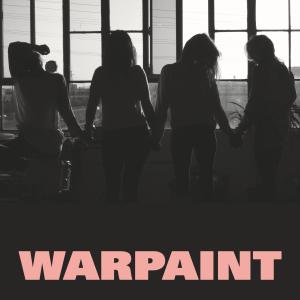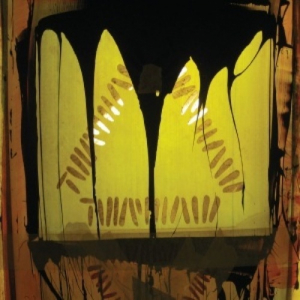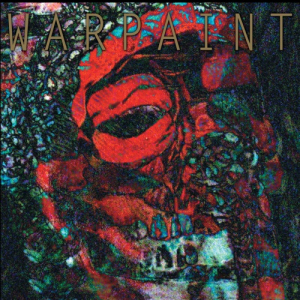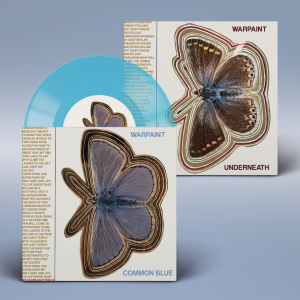x
- A. Savage
- Augustus Pablo
- black midi
- British Sea Power
- caroline
- Dean Blunt
- Delays
- Gilla Band
- Goat Girl
- Gruff Rhys
- Houndmouth
- JARV IS...
- Jarvis Cocker
- Jeffrey Lewis
- Jockstrap
- John Francis Flynn
- Josienne Clark
- Josienne Clarke & Ben Walker
- Lankum
- Lisa O'Neill
- Pantha Du Prince
- Parquet Courts
- PicaPica
- Pinegrove
- Princess Nokia
- Scritti Politti
- Sleaford Mods
- SOAK
- Special Interest
- Taken By Trees
- The Hidden Cameras
- The Long Blondes
- This Is The Kit
- Warpaint
- Baxter Dury
- Emiliana Torrini
- Little Joy
- Starcrawler
- The Libertines
- The Moldy Peaches
- The Morning Benders








